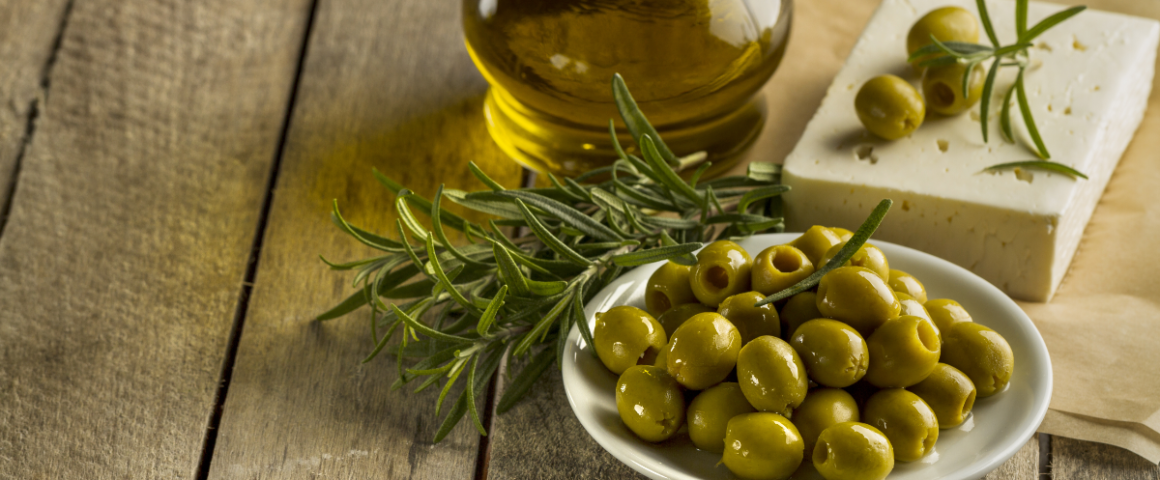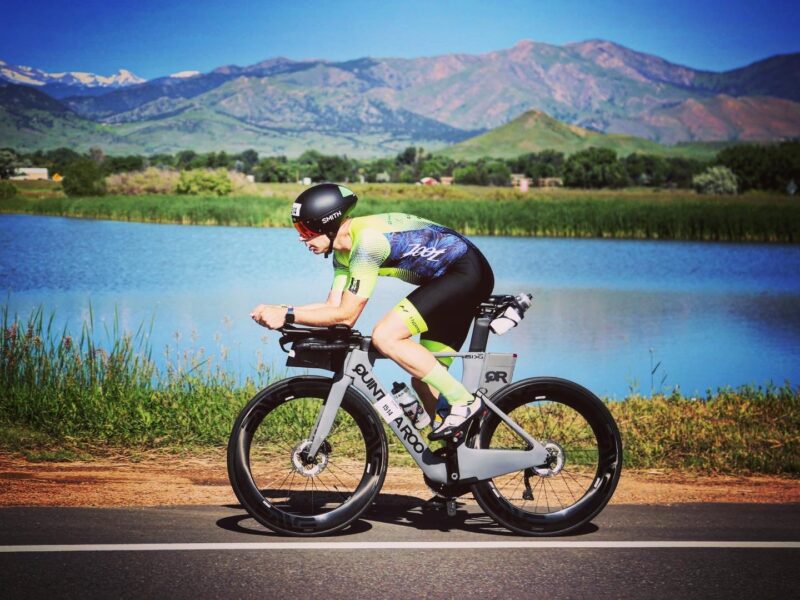Diet fads come and go and many provide real results. But you have to ask yourself two questions when choosing a diet; Is this maintainable over the long run, and is it healthy? Generally we associate a diet with weight loss. There are many ways to loose weight, but they are very hard to maintain, and they are not very healthy in the long run. Often times the term lifestyle change is used to represent a diet that answers yes to both of this questions. Becoming fat adapted is one of these lifestyle changes.
It’s counter intuitive to think that you can burn fat by eating mostly fat, but that’s what the science has been proving for years. Despite the low fat diet craze, things are starting to change. One of the greatest aspects of a high fat diet is not only is it easy to maintain, but it also works to loose or maintain weight, something very important in the long run.
You might be asking yourself the questions, doesn’t fat make you fat? The answer to that question might surprise you, but fat does not necessarily make you fat, carbohydrates do. The science is complex, but but in a nutshell, when you eat food your body breaks it down into components that is can use. So while you are what you eat, your body utilizes it in different ways.
Back in 2005 I woke up and looked at my nearly 200 pound body in the mirror. I didn’t like what I saw and I knew it was time to make a change. At the time I used a program called Body for Life, and I took off over 64 pounds. While I learned a lot from that diet, and I got results, I was left without a plan for the future. I continued to eat what I thought was healthy, and I continued to exercise. The weight stayed off and I defiantly became a more active person.
Over the nest several years I tried many different things. I ate vegetarian, I took up cycling and running. I worked with a personal trainer and tried to get a beach body. It’s not that these thing didn’t work, but I wasn’t getting the results that I truly desired. As a vegetarian, I got to a very low weight, but lacked the muscles that I wanted. When I worked with a trainer I bulked up a bit but lacked performance that I was starting to seek in cycling. I was a little lost and while my new healthy lifestyle was definitely taking hold, I hadn’t found a consistent lifestyle pattern where I could achieve all of the results I wanted. Part of this was I was still evolving and discover new activities, and as a results my goals were changing. The constants were that I wanted to look good and be healthy. The new element was performance.
So I had to find a healthy diet and lifestyle that I could sustain, that could also help me to achieve my performance goals. I’m not sure of the exact path that lead me to low carb, high fat, but it was the solution I was looking for. While many people are looking to just loose weight, and a high fat diet is ideal for that, I was also looking to increase performance. I had to ask if this was the correct solution? But I discovered the high fat diet is the prefect fit for performance too. It’s also great for health and longevity, truly a win win situation.
Again the science behind LCHF is rather complex, but to break it down, here are the basics. The body uses three types of fuel; Creatine phosphate, carbohydrates and fat.
Creatine phosphate, is limited and used only for extreme burst of power. It’s another high-energy compound that can be rapidly mobilized to help fuel short, explosive efforts. To sustain physical activity, however, cells must constantly replenish creatine phosphate.
Carbohydrate is stored in the liver, muscles and blood in the form of glucose. Reserves of this fuel are limited to about 2,500 calories. When they are all used up and not replenished, you’ll “bonk”. However, it’s easy to restore carbohydrates. The majority of athletes fuel with carbohydrate because of the quick uptake and instant energy it provides. While most exercise will not completely deplete your carbohydrate stores, longer endurance events can. You’ll need to constantly feed to avoid depletion. The major disadvantage to carbohydrate use is that excess is stored as body fat. Also chronicle high blood sugar is the cause a numbers diseases, so fueling with carbs is not a healthy solution long term. The important thing to keep in mind though, is that carbohydrate is not bad in limited quantities, but it’s often over consumed. The average American eats around 300 grams per day. Limiting consumption below 50 grams provides many benefits and is considered ketogenic.
Fat is the bodies ideal form of fuel. Think of it like diesel fuel, it buns slow for a long time. Even an extremely skinny person has thousands of calories worth of stored fat that they can utilize. And the best part about burning fat is that we get rid of all that extra we don’t want! Fat burning is the bodies default mode, however the standard American diet promotes cheap carbohydrates which promote the body to burn more sugar. By restricting carbohydrate consumption the body will utilize fat more. It has always been known that lower intensity exercise burns primarily fat, but it’s now being shown that even high intensity efforts will burn large amounts of fat, reserving limited carbohydrate stores for when they are really needed. Ideal for the end of an endurance race. But just like with any type of physical activity, you have to also train your body too become efficient and burning far. To do that you have to fuel with primarily fat.
Unfortunately, trying the body to use fat takes time. Many people jump right in and expect to see immediate results. Weight loss can come quickly, and many other changes may be noticed right way, but the real magic happens 6 months to a year down the road. It’s a long haul, but worth it.
Fueling with fat and figuring it all out is not all that easy though. There are many things to consider. The first is to consider that all fat is not created equal. You want to make sure you are consuming good fats. Most vegetable oils are bad, can easily oxidate and become rancid. Next is that calories don’t matter. Although you need to take that with a grain of salt. Calories can matter, you still need enough and it’s not like you can just go crazy and consume everything is sight. The idea is that if your hormones are balanced you’ll be set, but you’ll need to eat enough for athletic gain.
It’s easy to squeeze a gel loaded with glucose to give you an instant boost in the middle of a race. But how do you fuel with fat? The majority of the work comes from the everyday diet. When you compose your daily intake to about 60-70% fat, you prime your body to burn it, even at higher intensity. Once of the advantages of fueling with fat is that you don’t even need nutrition for workouts under two hours. But for longer sessions I’ve formulated an interesting concoction that is like jet fuel for a fat adapted athlete.
Fat Fuel
For endurance training I’ve narrowed in on a great fueling strategy. This combination tastes great and provides the energy I need to get though a long workout.
The base of the recipe is UCAN SuperStarch. This is a type of resistant starch (yes, a carbohydrate) that gets converts to fatty acids in the small intestine. So while it’s a carb going in, it’s burned as a fat in your body.
Next I add in electrolytes. Necessary to stay hydrated. Currently I’m using Thorne Catalyte. It restores electrolyte balance and supplies D-ribose to support muscle function. Catalyte is an electrolyte and energy restoration complex that supports muscle function and stimulates energy recovery. It’s lemon-lime flavored, low in calories, and has no artificial sweeteners.
Then I use amino acids. I use essential aminos not BCAA’s because the are the necessary building blocks your body needs with no caloric cost. Currently I’m using PerfectAminoXP – Powder. PerfectAmino® contains the eight essential amino acids the body needs to support and maintain its muscular, skeletal, enzymatic, and hormonal systems. The essential amino acids in PerfectAmino are in the exact proportions needed for maximum utilization by the body.
And of course MCT oil. Right now I’m using a powered form called PHAT FIBRE v2. It’s a MCT Powder Supplement designed by athletes for maximum performance without the GI side-effects. The powered from make it simple to mix with the other powers in the formula.
Mix it all together and you’ve got yourself a bottle full of fatty jet fuel. It’s under 300 calories per serving and can last for hours! Currently I’ll file for a Half Ironman on two servings (one before the swim and one on the bike), and 4 for a full Ironman. For century bike rides I’ll generally go with one on two servings depending on the intensity.
With the proper fat adaptations this is all the fuel you’ll need for events. And while you should have the fuel to take you all the way you can always add some simple sugar on race day to assist with and extra boost. The man advantage is you get to fuel with both your tanks, without having to always load up on carbohydrates that can lead to bigger issues down the road. This is a long term strategy that take time to cultivate. But it worth it in the end.
The fat adapted lifestyle was able to give me all three of the faces I found myself looking for. Overall heath, a fit and trim physique and performance to compete in grueling races. It takes some time to get used to the diet, but the foods are amazing and it now easier than ever to find treats that are natural and keep you on track. Do I miss pasta, oh yeah, but on rare occasion I can indulge in almost flour pasta dishes without missing a beat.





'Fueling with Fat and Figuring it all Out' has no comments
Be the first to comment this post!